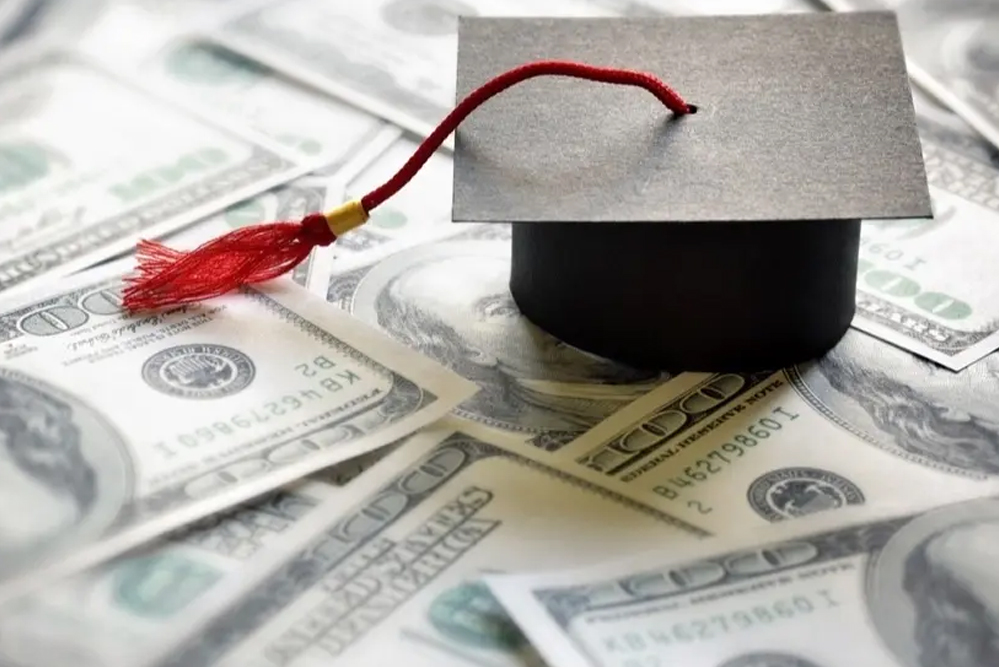Since its inception, more than 4 million individuals, including over 92,000 residents of New Jersey, have embraced a student loan repayment initiative introduced by the Biden administration, according to officials from the Department of Education.

The “Saving on a Valuable Education” plan, or SAVE, offers borrowers some of the most accommodating terms ever witnessed in such programs. Under SAVE, interest ceases to accumulate as long as borrowers maintain regular payments. This approach addresses criticism directed at other plans, which allowed interest to accumulate and exacerbate borrowers’ financial burdens.
This income-driven plan, tethering monthly payments to borrowers’ income levels, has the potential to reduce the monthly obligations of approximately 20 million borrowers.
Though announced in 2022, the SAVE program was largely overshadowed by President Joe Biden’s broader loan forgiveness proposal, which was later rejected by the U.S. Supreme Court. The SAVE plan carries an estimated cost of $230 billion over a decade, as reported by the Congressional Budget Office. Conversely, researchers at the University of Pennsylvania have projected costs reaching up to $361 billion.
Notably, single borrowers earning less than around $15 per hour are entirely exempt from making payments under this plan, which could result in savings exceeding $1,000 annually compared to other income-driven options, states the Education Department.
According to the SAVE formula, a solitary borrower with an annual income of $60,000 would commit $227 each month toward retiring their student loans. A family of four earning the same amount would face no payments. Borrowers earning $30,000 or less, irrespective of household size, would also be exempt from payments.
The majority of the 4 million enrollees were transferred from another income-driven scheme called REPAYE. Education officials noted that approximately 1 million borrowers have submitted applications for the SAVE program since its application window opened in mid-August.
Here are some key takeaways:
How to Apply for the SAVE Plan: You can use the IDR application to apply for the SAVE Plan. When doing so, you can choose the option for your loan servicer to place you on the lowest monthly payment plan, which is typically the SAVE Plan.
If You’re Already on an IDR Plan: First, ascertain whether you are already enrolled in the REPAYE Plan. Log in to StudentAid.gov, access your My Aid page, scroll down, and review your loans, each of which will specify your repayment plan.
If you find that you are enrolled in the REPAYE Plan, you will be automatically enrolled in the SAVE Plan. You now have the option to enroll in the SAVE Plan if you are currently on a different repayment plan. If you don’t already have an account on StudentAid.gov, you can create one.
Loans Eligible for SAVE: The SAVE Plan is applicable to eligible loans such as Direct Subsidized Loans, Direct Unsubsidized Loans, Direct PLUS Loans for graduate or professional students, and Direct Consolidation Loans that didn’t repay any PLUS loans made to parents.
For loans to qualify for repayment under the SAVE Plan, they must first be consolidated into a Direct Consolidation Loan. Eligible loans for this process include Subsidized Federal Stafford Loans and Unsubsidized Federal Stafford Loans from the FFEL Program, FFEL PLUS Loans for graduate or professional students, FFEL Consolidation Loans that didn’t repay any PLUS loans made to parents, and Federal Perkins Loans.
Loans Ineligible for SAVE: The SAVE Plan does not cover loans like Direct PLUS Loans for parents, Direct Consolidation Loans that repaid PLUS loans made to parents, FFEL PLUS Loans for parents, FFEL Consolidation Loans that repaid PLUS loans for parents, and any loans currently in default.



